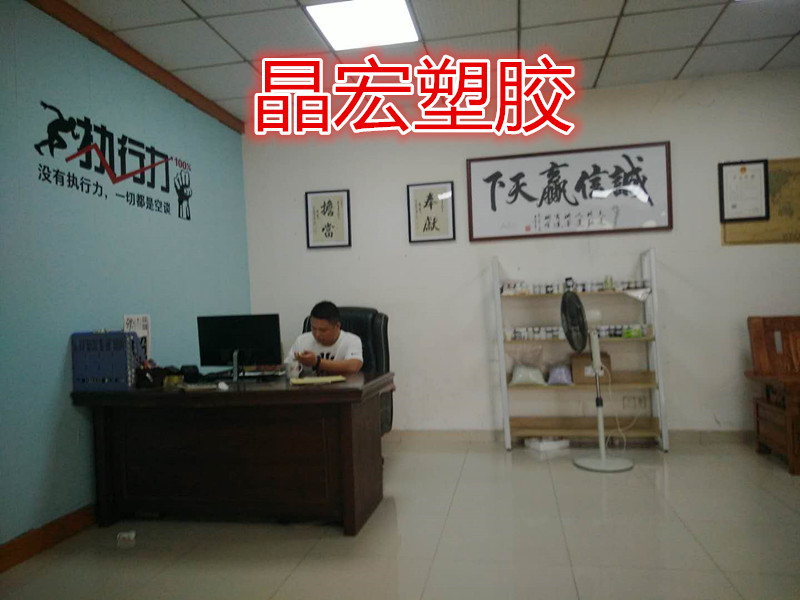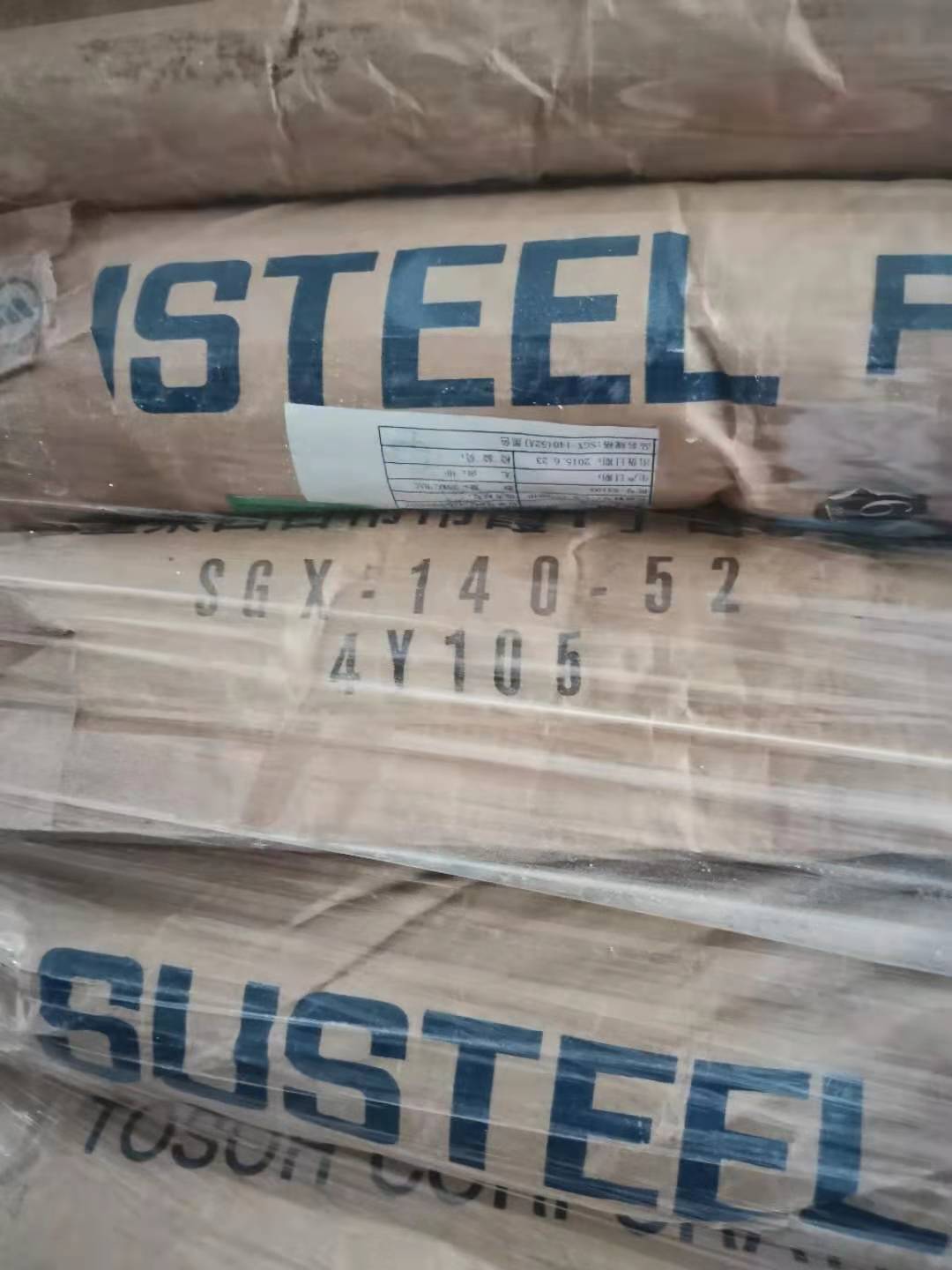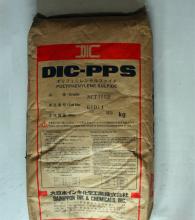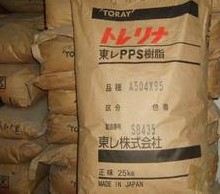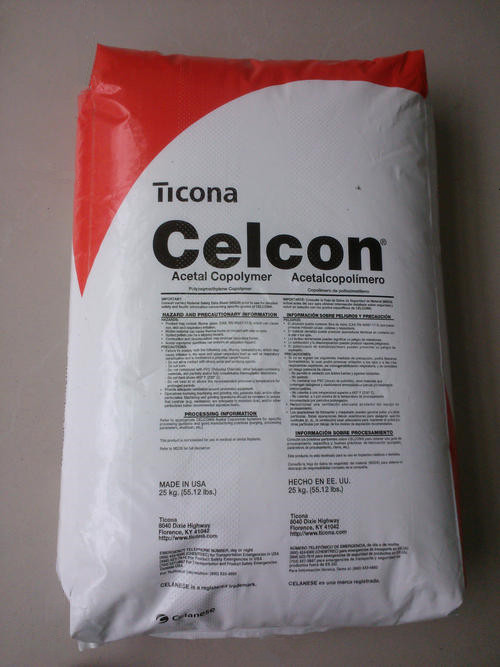泰科纳POM M140-L1---M140-L1 is a general purpose acetal copolymer material with a slightly lower viscosity for improved flow in molding that has been modified to reduce or eliminate noise (squeak) when wearing against itself.
Physical performance rating unit system test method
Density: 1.40 g / cm? ISO 1183
MVR (190 ° C / 2.16 kg) 12.0 cm3 / 10min ISO 1133
Shrinkage: ISO 294-4
Vertical flow direction 1.7% ISO 294-4
Flow direction 1.9% ISO 294-4
Mechanical properties rating unit system test method
Tensile modulus 2600 MPa ISO 527-2 / 1A / 1
Tensile stress (yield) 63.0 MPa ISO 527-2 / 1A / 50
Tensile strain (yield) 9.5% ISO 527-2 / 1A / 50
Bending modulus (23 ° C) 2500 MPa ISO 178
Impact performance rating unit system test method
Notched impact strength of simply supported beam (23 ° C) 6.0 kJ / M? ISO 179 / 1ea
Notched impact strength of cantilever beam (23 ° C) 5.7 kJ / M? ISO 180 / 1A
Thermal performance rating unit test method
Hot deformation temperature (1.8 MPa, UN annealed) 100 ° C ISO 75-2 / A
Melting temperature 1 166 ° C ISO 11357-3
Linear coefficient of thermal expansion ISO 11359-2
Flow 1.1e-4 cm / cm / ° C ISO 11359-2
Transverse 1.2e-4 cm / cm / ° C ISO 11359-2
Filling analysis rating unit system test method
Density of melt 1.170 g / cm? Internal method
Injection rating unit system
Drying temperature: 80.0 to 100 ° C
Drying time: 3.0 HR
The temperature at the back of the barrel is 170 to 180 ° C
The temperature in the middle of the barrel is 180 to 190 ° C
Temperature at front of barrel 180 to 190 ° C
Nozzle temperature 190 to 200 ° C
Processing (melt) temperature 180 to 200 ° C
Mold temperature: 80.0 to 120 ° C
Injection pressure: 60.0 to 120 MPa
The injection speed was slow to medium
Holding pressure 60.0 to 120 MPa
Back pressure: 0.00 to 0.500 MPa
聚甲醛改性研究一直是世界聚甲醛行业研究的***,国外进行聚甲醛改性研究已有四十多年的历史,改性聚甲醛牌号已达一百多种。
近年来国内POM的改性研究十分活跃,其改性的方法主要有共混、填充和增强改性。国内的聚甲醛改性研究开始较晚,至今只有云天化等少数生产厂商的十几个牌号的改性聚甲醛产品,改性研究的发展沿着共混和填充两条研究线路进行。


